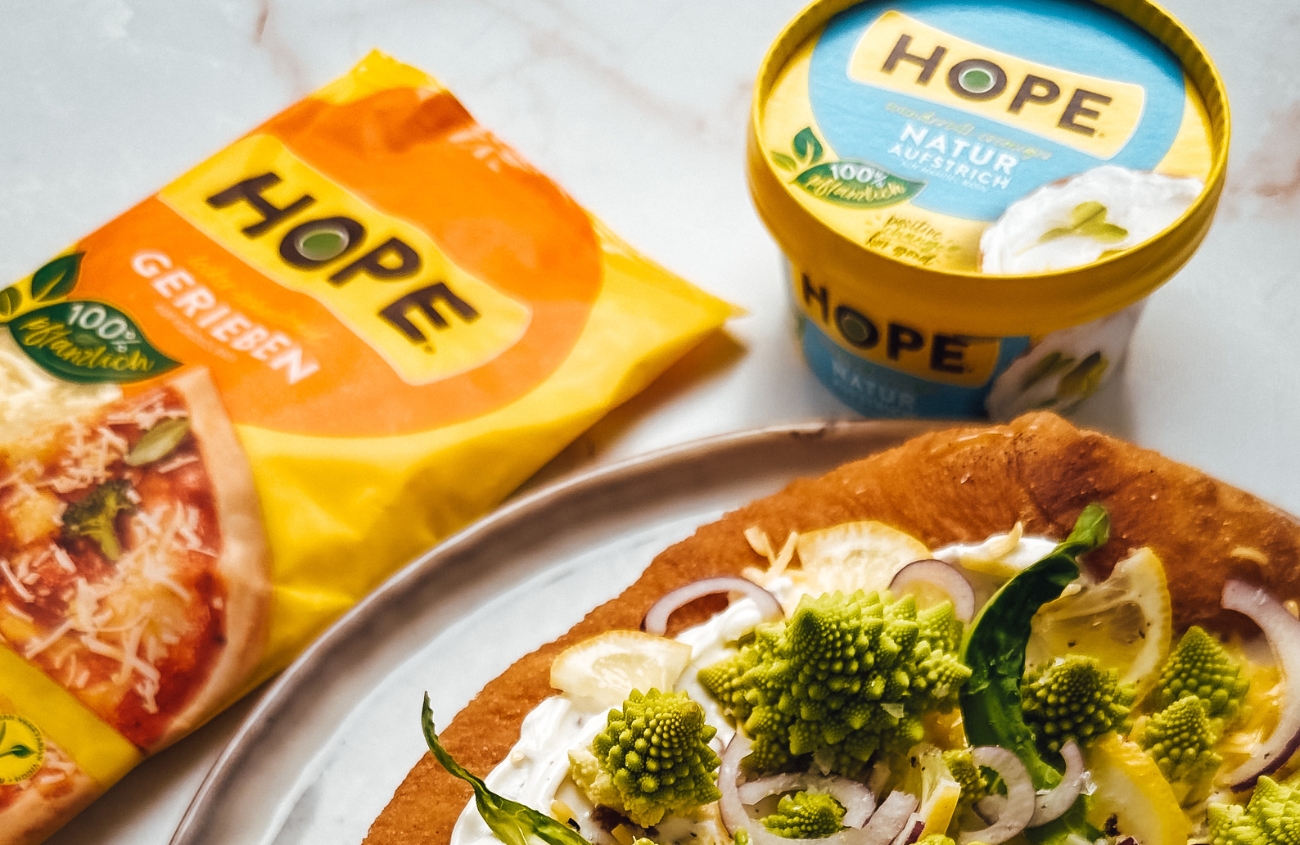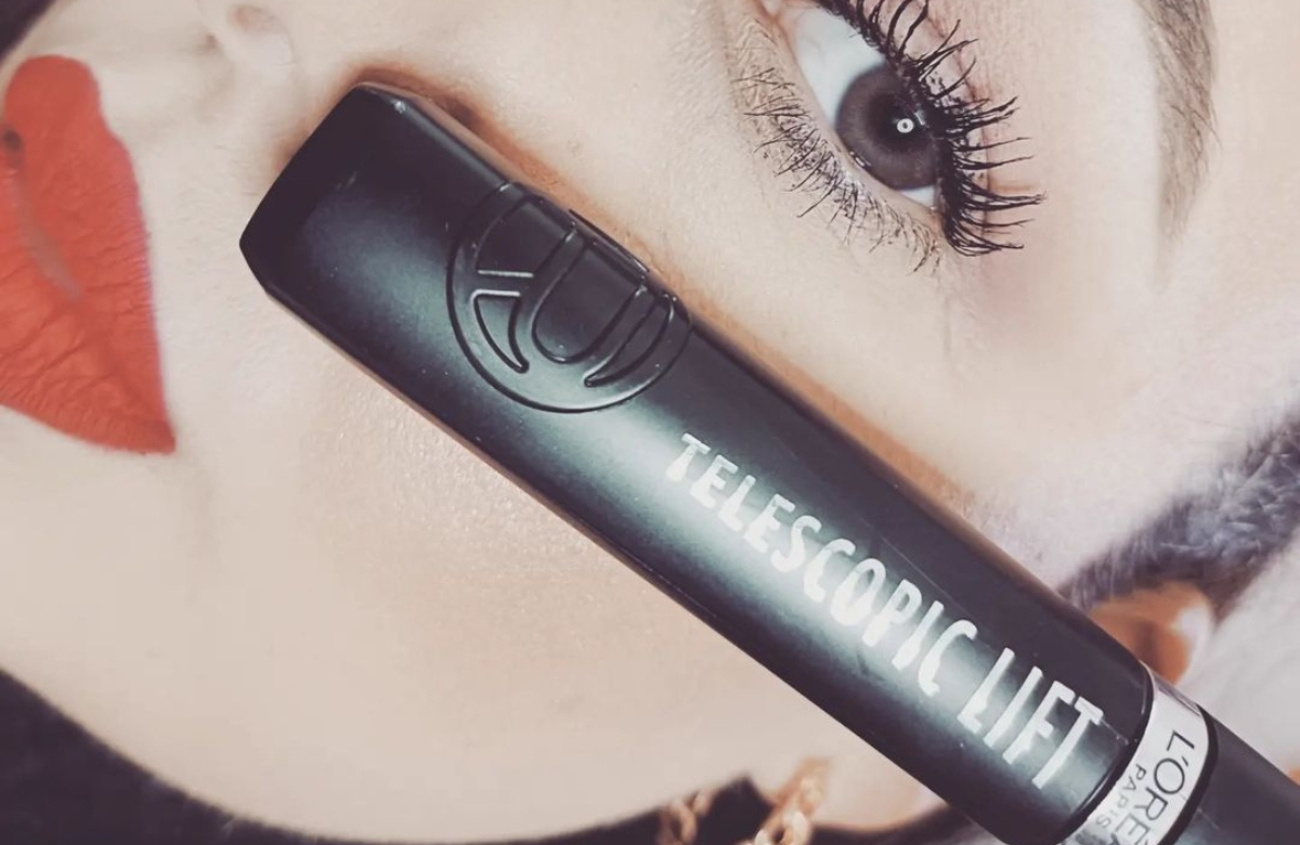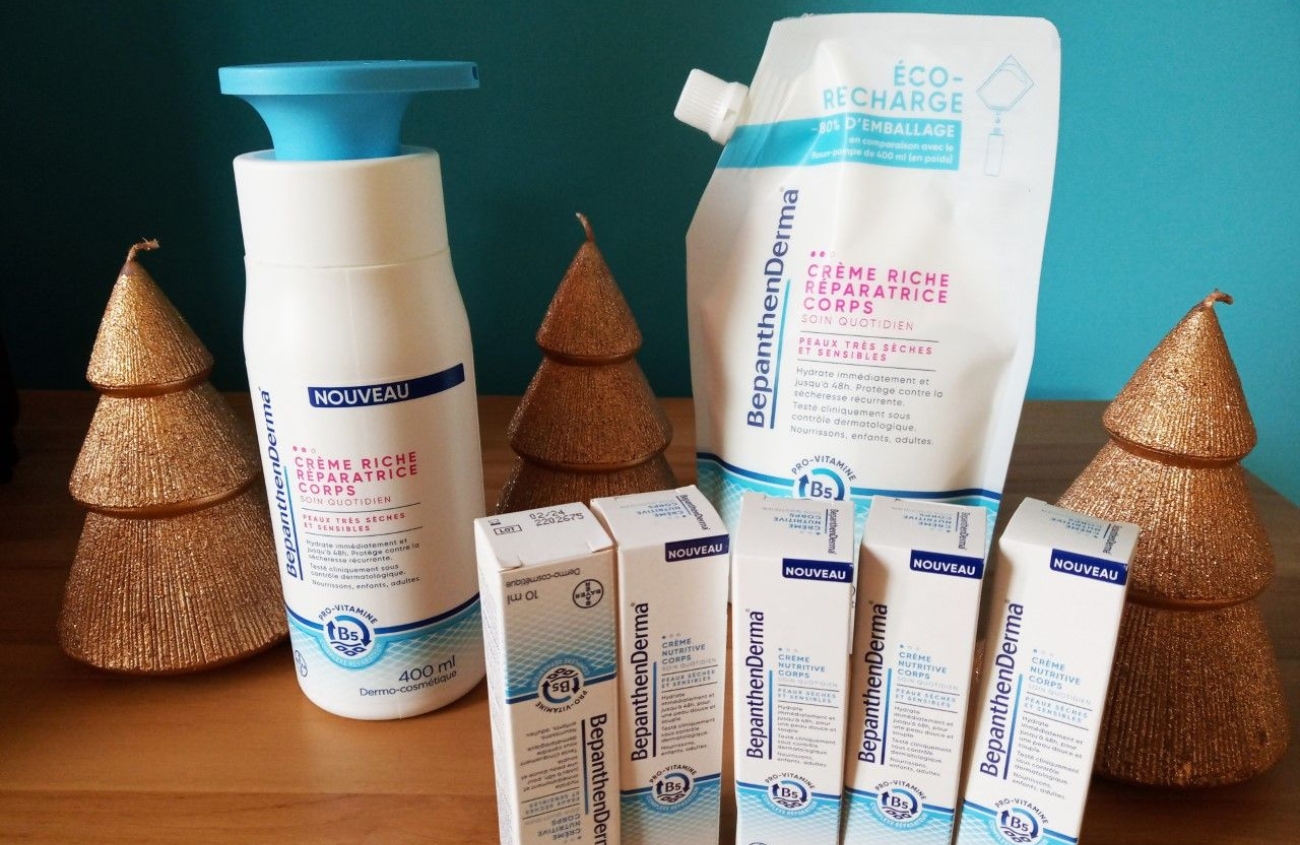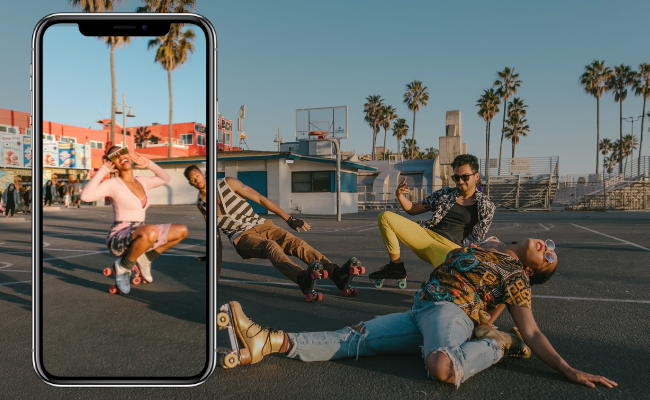Your Influencer Marketing Comprehensive Guide
Welcome to the Influencer Marketing Comprehensive Guide. At Territory Influence we have decades of experience in influencer marketing. That’s why we put our guide at your disposal so that your every doubt on the subject is resolved and every curiosity satisfied!
This guide aims to provide a comprehensive understanding of influencer marketing, covering all the essential information and insights updated to the current year. In this guide, you will find downloadable free resources, useful tips, and real case studies with insights and data.
If you have further questions, please contact us using the button at the end of the guide.
Ready? Let’s get started! 😉
Table of contents:
- What is influencer marketing?
- How a brand can leverage influencers?
- How do you build an effective influencer marketing campaign?
🌟 FREE CHECKLIST DOWNLOAD - When did influencer become a thing?
- How effective is influencer marketing?
🌟 FREE CHECKLIST DOWNLOAD - What are influencer marketing metrics?
- What are the types of influencers?
- Best influencer marketing case studies
What is Influencer Marketing?
Influencer marketing is a collaborative approach that leverages the influence and reach of popular individuals, known as influencers, to promote products, services, or brands. These influencers, often experts in specific niches or industries, have built a dedicated following on social media platforms, blogs, or other online channels. By partnering with influencers, brands can tap into their established credibility, authenticity, and engaged audience to increase brand awareness, drive conversions, and foster customer loyalty.
Influencer marketing has evolved significantly over the years, and staying up to date with the latest trends and strategies is crucial for businesses looking to harness its power effectively.
How a brand can leverage influencers?
To leverage influencers effectively, brands must begin by identifying their marketing objectives and target audience. With a clear understanding of their goals, brands can then research and identify influencers whose values, audience demographics, and content align with their brand image. Collaboration opportunities may include sponsored content, product reviews, brand ambassadorships, or event partnerships. It is crucial for brands to provide influencers with creative freedom while ensuring a clear alignment with their brand messaging.
A brand can decide whether to entrust its influencer marketing strategy to an expert partner or to follow it in-house.
How do you build an effective influencer marketing campaign?
This is one of the questions we are asked most often by brands, especially those who want to move from an occasional collaboration to building a real long-term strategy with influencers.
Click here to download a free simplified version of our personal campaign checklist. By following these steps, you’ll be on your way to creating effective and impactful influencer campaigns that drive meaningful results for your brand.
Remember, each branded influencer campaign is unique, and it’s essential to adapt and refine your approach based on your brand’s specific goals, target audience, and industry.

When did influencers become a thing?
The term ‘influencer’ refers to someone capable of influencing the decisions of others. This ability can be found in prominent personalities throughout human history. Usually, influencers were celebrities. What social media have brought to the mainstream is the idea that ‘anyone can become an influencer’, and it is precisely there that influencer marketing becomes a thing. People started to share their content and find feedback from their audience, the so-called followers. In the late 2000s, platforms like YouTube provided content creators with the opportunity to amass large followings and engage with their audiences in unprecedented ways. Beauty gurus, gamers, and vloggers were among the early influencers who collaborated with brands to promote products to their loyal subscribers. Since then, the influencer marketing industry has gained momentum with the emergence of platforms like Instagram, Snapchat, TikTok, and Twitter, further solidifying the importance and impact of influencers in marketing strategies.
How effective is influencer marketing in 2024?
Influencer marketing is a highly effective strategy for several reasons.
Firstly, consumers are increasingly looking for authenticity and trust in their purchasing decisions. Influencers, with their genuine recommendations and personal connections with their followers, offer a level of authenticity that traditional advertising struggles to achieve.
Secondly, influencer marketing enables brands to reach highly targeted and niche audiences. By collaborating with influencers who specialize in specific industries or interests, brands can ensure their message reaches the right people who are already interested in their products or services.
Thirdly, as social media and digital platforms continue to dominate the marketing landscape, influencer marketing provides a way for brands to cut through the noise and capture the attention of their target audience. With the decline of traditional advertising effectiveness, influencer marketing offers a more organic and engaging approach to connecting with consumers.
As we progress into 2024, influencer marketing is poised to play an even more significant role in brand promotion and consumer engagement. By understanding the power of influencers and implementing effective strategies, brands can leverage the influence and reach of these individuals to forge meaningful connections with their target audience.
A key suggestion we always give brands is to cultivate Long-term Relationships. Successful influencer campaigns often lead to long-term partnerships. When a collaboration goes well, consider nurturing the relationship for future campaigns, ambassadorships, or ongoing brand advocacy.
Click here to download for free our checklist to unlock the secrets to successful long-term influencer partnerships.
What are influencer marketing’s metrics?
When measuring the success of your influencer marketing campaigns, there are several key metrics that brands should refer to. These influencer marketing metrics provide insights into the campaign’s performance and help assess the return on investment (ROI). Here are some important influencer marketing metrics to consider:
- Reach: reach refers to the total number of unique users who have been exposed to the influencer’s content featuring your brand. It indicates the potential size of the audience reached through the campaign.
- Engagement: engagement metrics measure how the audience interacts with the influencer’s content. This includes likes, comments, shares, and saves. High engagement rates indicate a strong connection between the influencer and their audience, demonstrating the effectiveness of the content.
- Impressions: Impressions represent the number of times an influencer’s content has been displayed to users. This metric provides an idea of the overall exposure and visibility of your brand’s message.
- Click-through Rate (CTR): CTR measures the percentage of users who click on a specific link included in the influencer’s content. It shows the effectiveness of the call-to-action and the level of interest generated among the audience.
- Conversion Rate: Conversion rate measures the percentage of users who take a desired action after engaging with the influencer’s content, such as making a purchase, subscribing to a newsletter, or signing up for a free trial. This metric indicates the campaign’s impact on driving actual conversions and achieving your campaign objectives.
- Return on Investment (ROI): ROI is a critical metric that assesses the financial effectiveness of your influencer marketing campaign. It compares the revenue generated or cost savings achieved against the investment made in the campaign. Calculating ROI helps determine the campaign’s overall profitability and guides future budget allocation.
Depending on your campaign objectives, you may also track specific influencer marketing metrics tied to individual influencers, such as follower growth, brand mentions, or direct engagement with their audience.
What are the types of influencers?
Usually, influencers are categorized according to the number of followers they have. This is because their audience will usually allow a more or less wide (organic) reach.
We at Territory Influencer classify them as follows:
- Nano Influencers: with less than 1,000 followers. They are engaged consumers who love to share their personal opinions in their environment through real-life conversations and online posts.
- Micro Influencers: from 1,000 to 100,000 followers. They are social addicts who generate organic or paid online reach with authentic social media content & interactions with their community.
- Macro Influencers: More than 100,000 followers. They are professional content creators who skilfully introduce brands to their strong audience with their topic or lifestyle expertise and creativity.
- Star Influencers: from dozens to millions of followers. They are celebrities who associate their image & values with a brand during a testimonial and appeal to an audience beyond social media.
We at Territory Influence have also identified 5 key personalities, each with clearly defined characteristics, that every brand must take into account when selecting them.
Best influencer marketing Case Studies
We chose 3 case study examples with influencers in recent years in 3 different countries in Europe. You can have a look at all our case studies divided by industry on our website.
Food industry – Micro and Macro influencers
Context and mission:
For Veganuary 2023 we activated 4 influencers in Germany that created recipes with the HOPE products. The goal of the campaign was to create awareness and attention for the new sorts.
How we did it:
We activated 1 macro and 3 micro influencers, reaching a cumulative Instagram audience of over 300K. A total of 8 Instagram stories, 6 Instagram Reels and 1 TikTok video were created. The criteria for the influencers were a predominantly vegan diet and original integration of the HOPE products.
Results achieved:
- +195K Instagram Reel reach
- +302K Instagram Stories impressions
- +7K Instagram reactions
- +9K TikTok reach

Beauty industry – Nano influencers
Context and mission:
In 2022, we collaborated in Italy with L’Oréal Paris, to increase the brand’s awareness and specially boost the notoriety of their new Mascara Telescopic Lift online.
How we did it:
The first step was to search for the best brand ambassadors in our TRND.it community. After a thorough assessment, we selected 150 nano influencers. They were women between 25 and 40 years that were interested in make-up, used to buy make-up online.
Their mission was to buy and try the mascara. After that, they had to explain to their online audience the key benefits of the product, describing how to use it and, finally, show the wow results with TikTok and Instagram videos.
Results achieved:
- 275 content published
- +1.8 M of online impressions
- +743K impressions on TikTok
- 142 Reviews on Amazon
- 4.9/5 Amazon product rating

Pharma industry – Nano, Micro and Macro influencers
Context and mission:
In 2021, we helped Bayer to increase the online visibility for BepanthenDherma, a product range formulated for the care of sensitive skin. We also had the goal to educate their consumers and recruit new clients.
How we did it:
We identified the perfect mix of influencers to achieve the goals. We carefully selected 1000 unpaid nano influencers from 10,000 applications within our TRND community. They shared their positive experiences with their friends and family through word of mouth. Additionally, they created 1,721 reusable visual assets for the brand on social media.
We also selected 2 macro influencers who had a substantial following of 150K to 500K, as well as 3 micro-influencers who had between 20K to 50K followers. These influencers specialize in lifestyle and beauty content creation. They created high-quality content and promoted them on their social media.
Results achieved:
- 3.5K influencer content
- 8.2 Mio online reach
- +155 offline reach
- 98% brand referral

Conclusion
Influencer marketing has emerged as a powerful and effective strategy for brands to connect with their target audiences authentically. By partnering with influencers, brands can leverage their influence, credibility, and engaged audiences to create impactful campaigns. Throughout this comprehensive guide, we have explored the fundamentals of influencer marketing, including how brands can effectively leverage influencers, build successful campaigns, and measure their performance using key metrics. We have also delved into the evolution of influencers and showcased some of the best case studies that exemplify the success of influencer marketing. As the marketing landscape continues to evolve, staying informed and adaptable is crucial in harnessing the full potential of influencer marketing and achieving remarkable results for your brand. With the provided checklist, you can ensure that your influencer marketing campaigns are well-planned and executed, maximizing your chances of success. Embrace the power of influencers and embark on a journey of meaningful brand collaborations, engagement, and growth.
Feeling inspired and ready to dive into the world of influencer marketing? If you have any questions or need expert advice on implementing influencer marketing strategies for your brand, we’re here to help! Contact our team today for a consultation and let’s collaborate to take your influencer marketing game to the next level.

